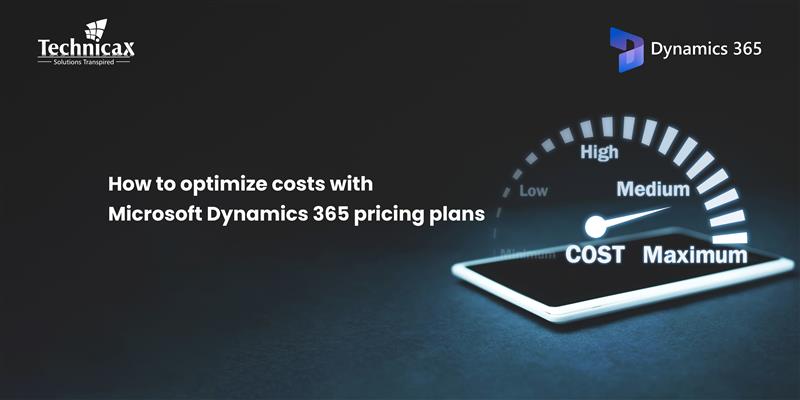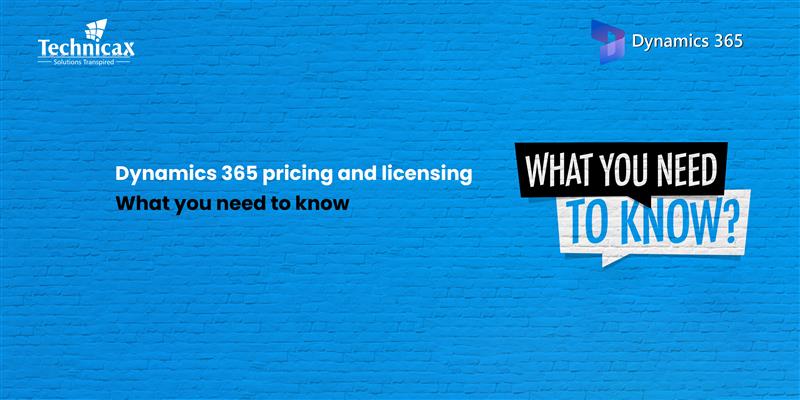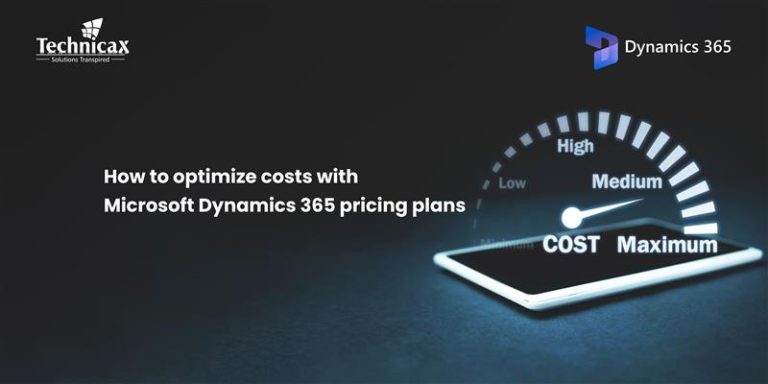Microsoft Dynamics 365 is a cloud-based suite of business applications designed to help organizations manage operations efficiently. It offers solutions for sales, customer service, finance, supply chain and project management. However, choosing the right plan requires an understanding of Dynamics 365 pricing and licensing structure.
How is Dynamics 365 priced?
Dynamics 365 follows a modular pricing model, meaning businesses only pay for the applications they need. The pricing depends on factors such as the specific modules selected, the number of users, and the level of functionality required. This flexible approach ensures cost-effectiveness while allowing businesses to scale their solutions as needed.
- Application type – ERP, CRM or other business applications
- User licenses – Full users with complete access versus team members with limited functionality
- Deployment model – Cloud-based (SaaS) or on-premises
- Subscription plans – Professional vs. Enterprise tiers with different features
Dynamics 365 licensing options
Microsoft offers two primary licensing models
1. Full user licensing
For employees who require full access to the system, such as data entry, reporting, and workflow automation. It is suitable for roles like sales representatives, customer service agents and finance managers.
2. Team member licensing
A cost-effective option for employees who need limited access, such as viewing reports, approvals or light task management.
Dynamics 365 pricing breakdown
The cost of Dynamics 365 applications varies based on the plan and features. Below is an overview of estimated pricing
| Application | Professional (Starting) | Enterprise (Starting) |
| Sales | $65/user/month | $95/user/month |
| Customer Service | $50/user/month | $95/user/month |
| Finance & Supply Chain Management | — | $180/user/month |
| Business Central | $70/user/month | $100/user/month |
| Field Service | — | $105/user/month |
| Project Operations | — | $120/user/month |
How to choose the right plan
When selecting a Dynamics 365 plan, businesses should consider:
- Business requirements – Do you need ERP, CRM or both?
- Number of users – Who requires full access, and who needs limited access?
- Budget constraints – What pricing plan aligns with your business needs?
- Scalability – Will the plan support business growth in the future?
Final thoughts
Understanding Dynamics 365 pricing and licensing ensures businesses choose the right plan based on their needs and budget. Whether selecting a standalone application or a bundled solution, evaluating features, costs and licensing structures is key to maximizing value.
Check out the related blogs for further reading

How to optimize costs with Microsoft dynamics 365 pricing plans
Microsoft Dynamics 365 pricing can be complex, but with the right approach, businesses can control costs while maximizing…

Dynamics 365 pricing and licensing – what you need to know
Microsoft Dynamics 365 is a cloud-based suite of business applications designed to help organizations manage operations efficiently. It…

Dynamics 365 Fraud protection – key features and benefits for businesses
Fraud is a growing concern for businesses, significantly impacting revenue, security, and customer trust. As digital transactions continue…







